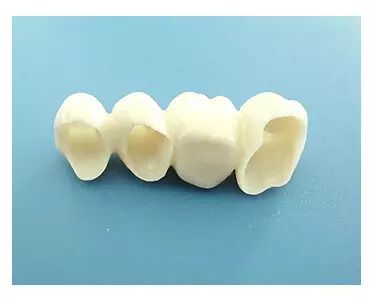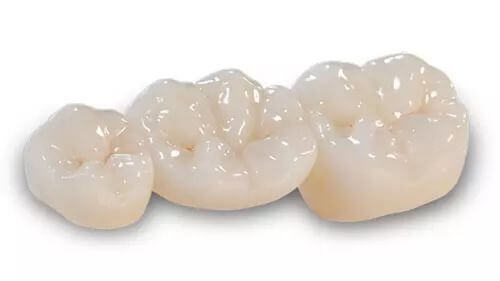What are zirconium crowns?
We are all familiar with the many smiley quotes we encounter that are meant to motivate one another. A smile can go a long way in expressing oneself. This unparalleled importance to an individual’s smile is very closely intertwined with ones oral hygiene. Therefore it is prudent that we become aware of the various dental processes available to us. One such dentistry technique that will be discussed here is on zirconium crown. Before we jump right into what zirconium crown is, we need to cover our basics. So let’s start with what a crown is. Crown is nothing but the part of the tooth which is visible and covered with enamel. Now, for varying reasons one’s teeth can be damaged or decayed, in such a circumstance a synthetic tooth is used to cover the damaged or decayed tooth. The synthetic covering is called crowns and sometimes it’s also referred to as ‘caps’ as they cover the top portion of the tooth. These synthetic crowns or caps are available in gold, ceramics, porcelain etc. There are two categories of crowns:

dental crowns: used in dental problems
cosmetic crowns: used to improve aesthetics of the tooth
The materials used in crowns mainly depend on two qualities:
- Good strength and durability
- Aesthetics
Unfortunately, there is no such material that satisfies both these qualities fully. One should note here that gold crowns are the strongest but they may not be aesthetically pleasing. And then again the ceramic crowns are preferred for aesthetic reasons, however, they are found to be fragile and prone to breakage. For now, zirconium is the closest material that possesses the two qualities mentioned earlier.
Zirconium crowns are made of zirconium oxide or zirconia. The zirconium used in dentistry is stabilized with the addition of yttrium oxide. Zirconium basically is a very hard white ceramic that comes in the form of solid blocks. In order to obtain the right sizes and shape it makes use of advanced computer systems (CAD/CAM systems).
Zirconia is biocompatible, making it safe to be used within the body. Because of which one needn't worry about any adverse allergic reactions. Zirconia is known for its durability making it ideal for crowns, especially in posterior crowns that require strength for chewing and grinding food. When compared to other conventional crowns, zirconia crowns don't have any grey line visibility. The good news is it’s hard to distinguish zirconium crowns amongst natural teeth. Because of its physical qualities, zirconium crowns have gained immense popularity in cosmetic dentistry.
There are two types of zirconia: solid and high translucent. Both of them are made using the CAD/CAM technology. CAD stands for Computer Aided Designing and CAM stands for Computer Aided Manufacturing. Because of the technologies, the crowns are very precise.
Solid zirconia
- Tougher and can withstand chewing forces better
- suits root canal treated teeth, by offering stronger support to weak teeth.
- suited for posterior/ back teeth
High translucent zirconia
- suited for anterior/ front teeth

The dental crown procedure is a two-stage procedure which is as follows:
First Stage:
The tooth preparation stage involves cleaning and reshaping the damaged tooth in order to fit the crown
An impression of this tooth and the original teeth is then taken. The imprints are sent to serve as a guide to create the crowns. A temporary crown might have to be worn.
Second Stage:
Once the crown is ready, a dental adhesive is used to keep the crown in place.
The main advantages of using zirconium crowns are:
- Strength and durability: zirconia crowns extremely durable and tough compared to other crowns
- Aesthetics: because of its translucent color indistinguishable from the other teeth Minimal removal of natural teeth: As it requires little preparation the much of the original teeth is retained. It is useful when the crown needs to be removed.
Among its many advantages, there are few disadvantages as well. They are:
- As zirconia crowns are tough, it can cause friction to adjacent teeth.
- Any decay underneath the crown will not be noticed. It will be realized only after the crown falls off
- Minimal removal of natural teeth: As it requires little preparation the much of the original teeth is retained. It is useful when the crown needs to be removed. It's more expensive than other crowns
- Even though these crowns have a good lifetime, it's always good to practice proper oral hygiene.
Therefore one must remember to take care of the crown by using special brushes to remove the plaque, brushing at least twice a day, avoiding hard or crunchy food and giving regular visits to the dental health center.